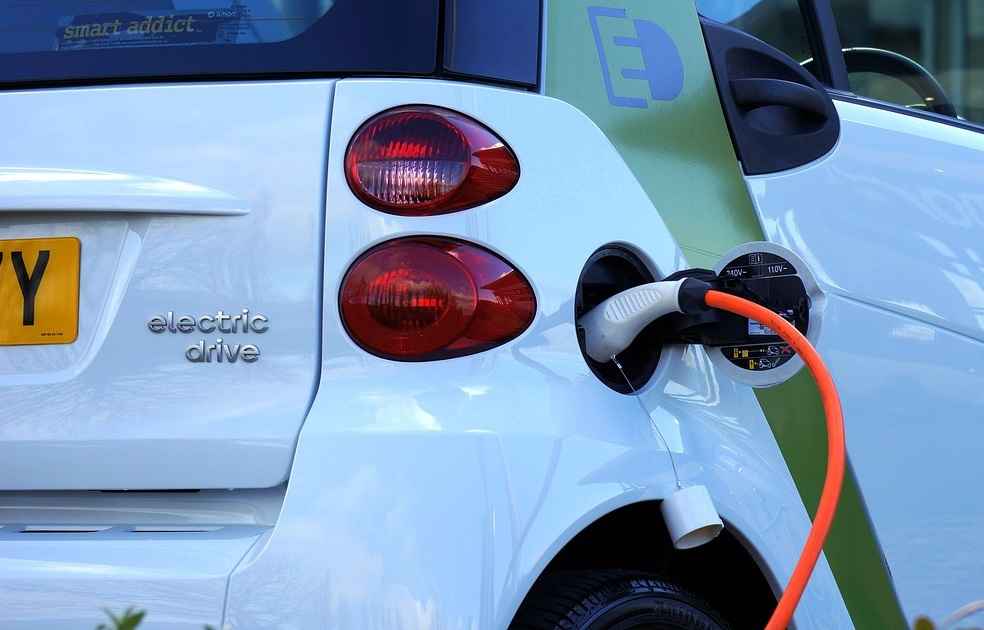Tata Motors, India’s automotive juggernaut, currently commanding a staggering 75% of the electric vehicle (EV) market, is charting an audacious path towards an electrified future. The firm sets its sights on EVs accounting for 15-17% of its total sales volume by 2024, an aspiration fueled by its latest triumph: a record 69,153 EV units sold in 2023, marking a 62% surge from the previous year.
At the forefront of this electric revolution is the Punch EV. This model is poised to bolster Tata’s dominance in the EV arena, offering a distinctive option that sidesteps potential overlaps with the Tiago EV and Nexon EV.
Tata’s electric arsenal, currently comprising the Tiago EV, Tigor EV, Nexon EV, and Punch EV, is on an expansion trajectory. The Curvv and Harrier EVs are slated for debut this year, with the Sierra EV and Altroz EV joining the lineup soon, bringing the count to eight by 2025.

Tata Motors’ financial lens reveals EVs as a significant contributor, currently representing 12-15% of total volume and 17-20% in revenue. The strategy envisages robust growth, projecting EVs to form a quarter of its portfolio in the next three years, soaring to half by 2030.
Shailesh Chandra, the captain at the helm of Tata Passenger Electric Mobility (TPEM) and Tata Motors Passenger Vehicles, spotlights the Punch EV’s unique allure for the younger crowd. This model is a game-changer, appealing to the tech-forward, price-conscious segment. With a range surpassing 400km, the Punch EV transcends its role as a mere city commuter.
Chandra elucidates the varied appeal of the Nexon and Tiago EVs. The Nexon typically reigns as the primary vehicle in multi-car households, whereas the Tiago EV, with its 320km range, is more city-bound. The Punch EV, nestled comfortably under Rs 15 lakh, serves as a bridge between these offerings, effectively quelling fears of internal competition.

In tandem with its product expansion, Tata Motors is also revamping its customer engagement strategy. With the recent launch of two flagship EV-only stores in Gurugram, the company is eyeing a similar expansion across major Indian markets in the ensuing 12-18 months. This move is a strategic piece of Tata Motors’ larger ambition to fortify its position as an EV pioneer while staying attuned to the evolving desires of its customer base.
AUTO TECH | Škoda’s New Kodiaq: Sleek, Eco-Friendly SUV Revolution





